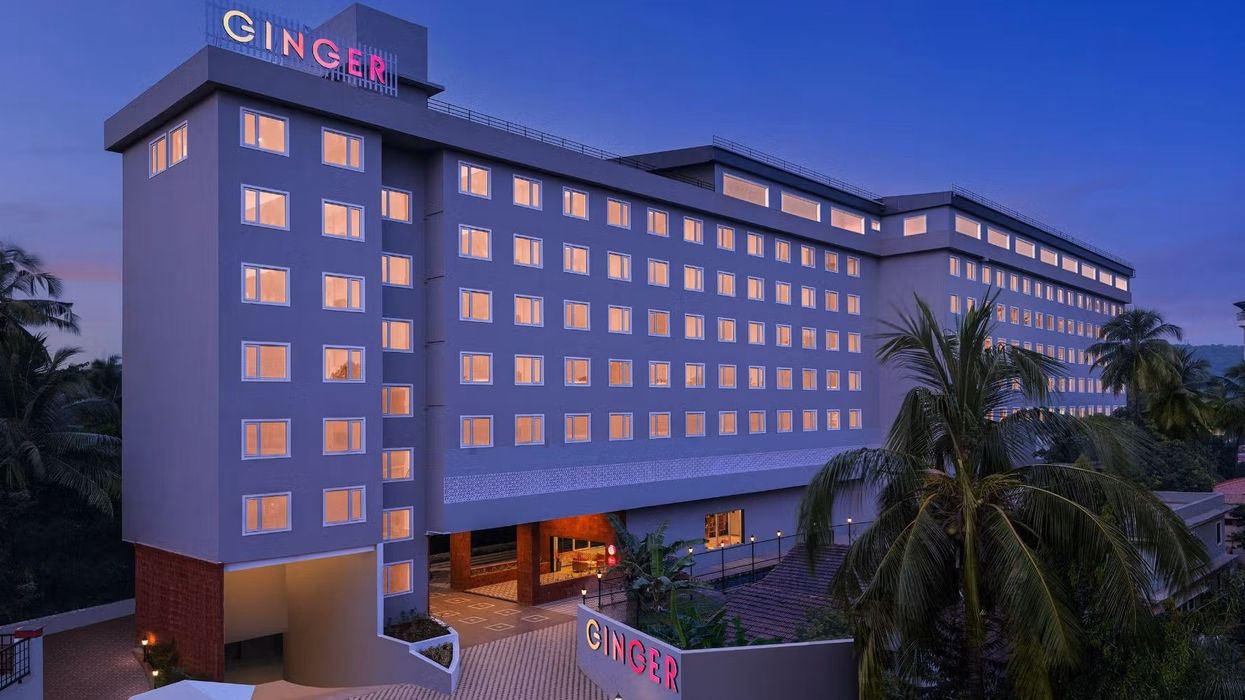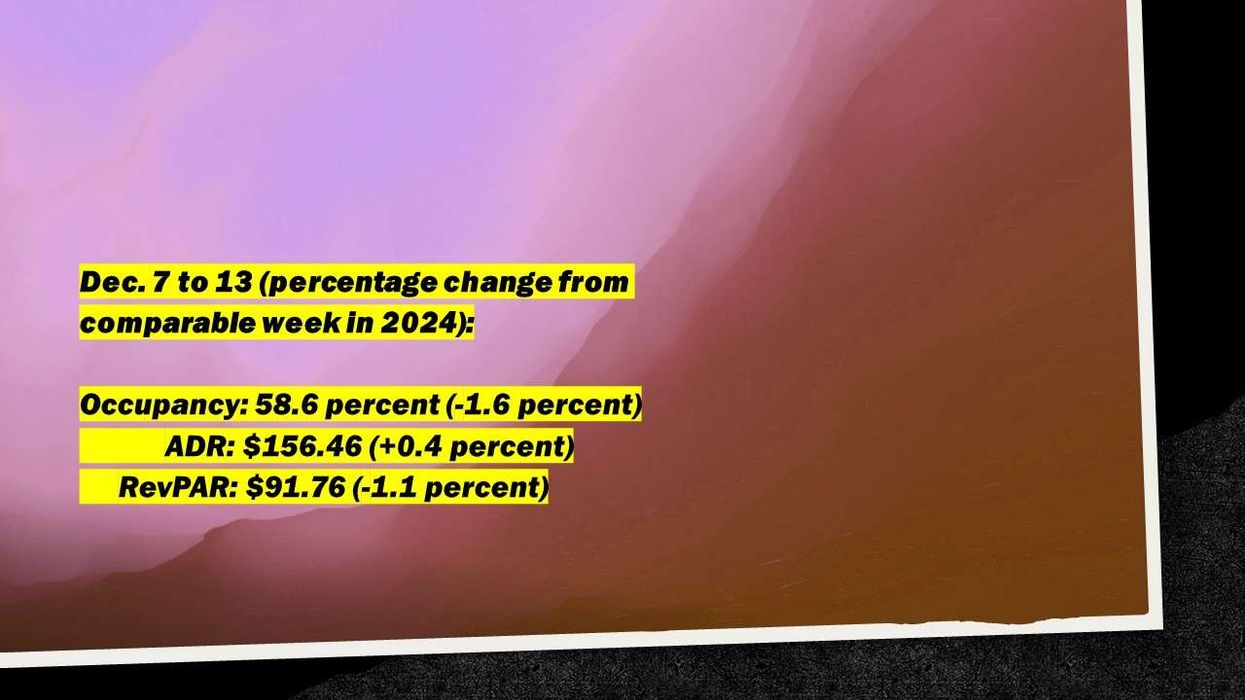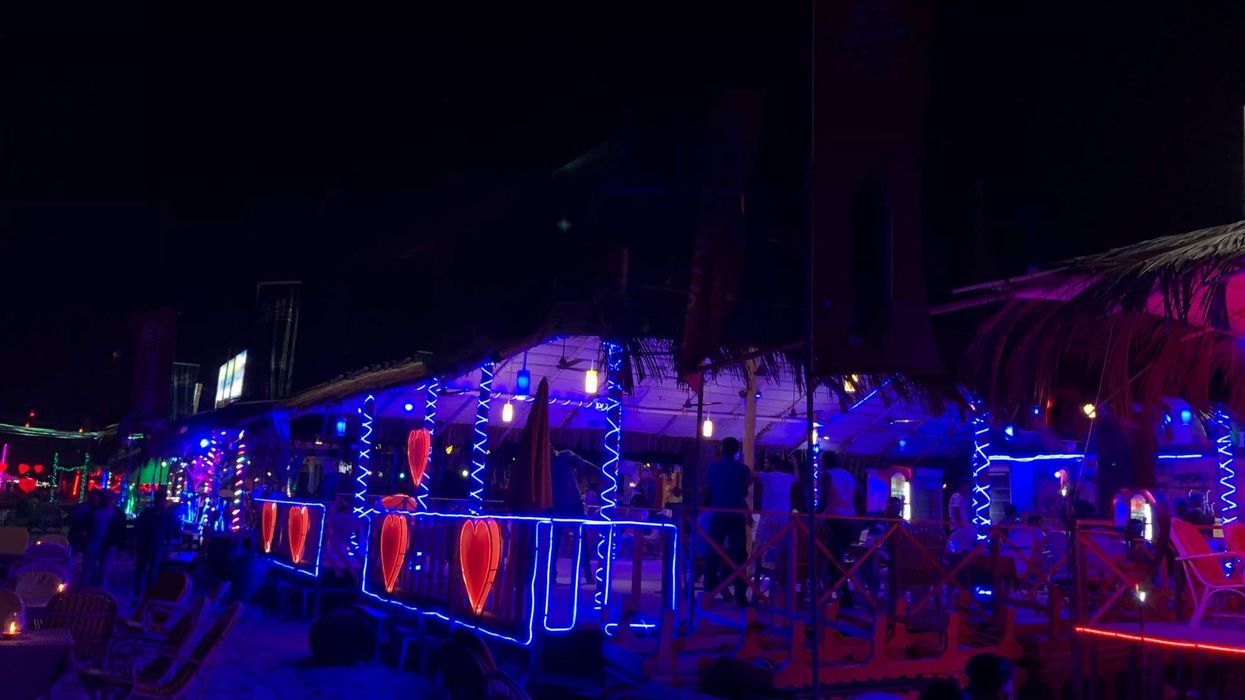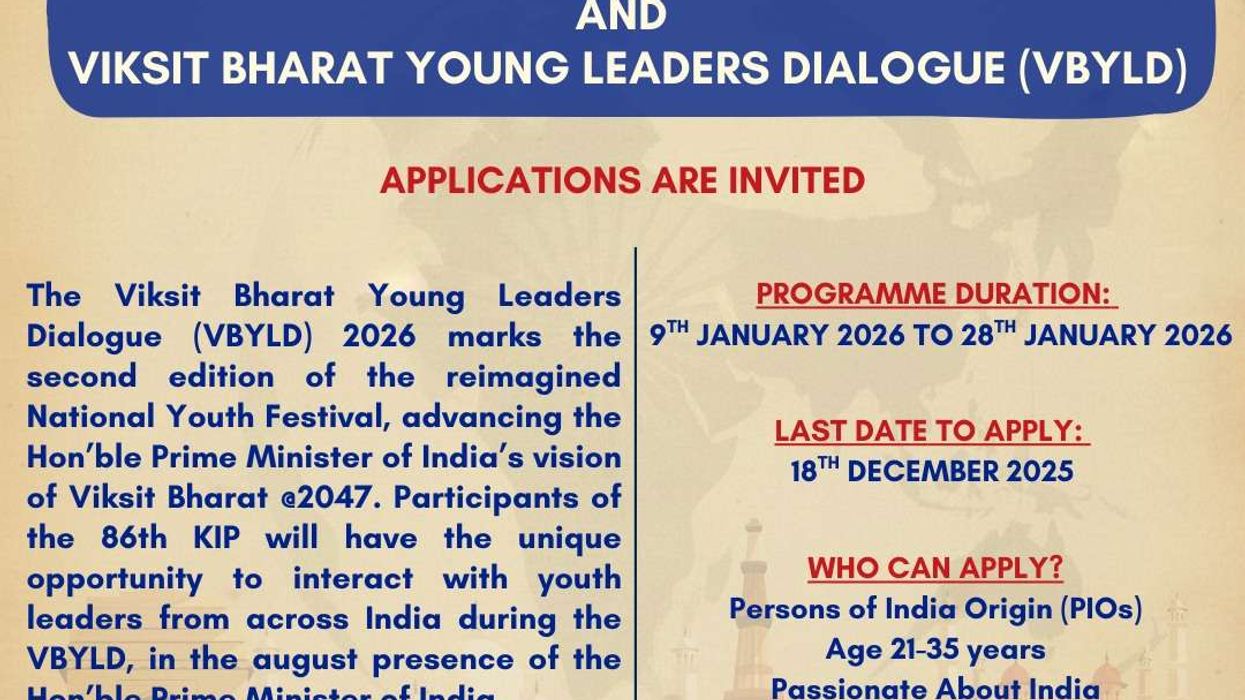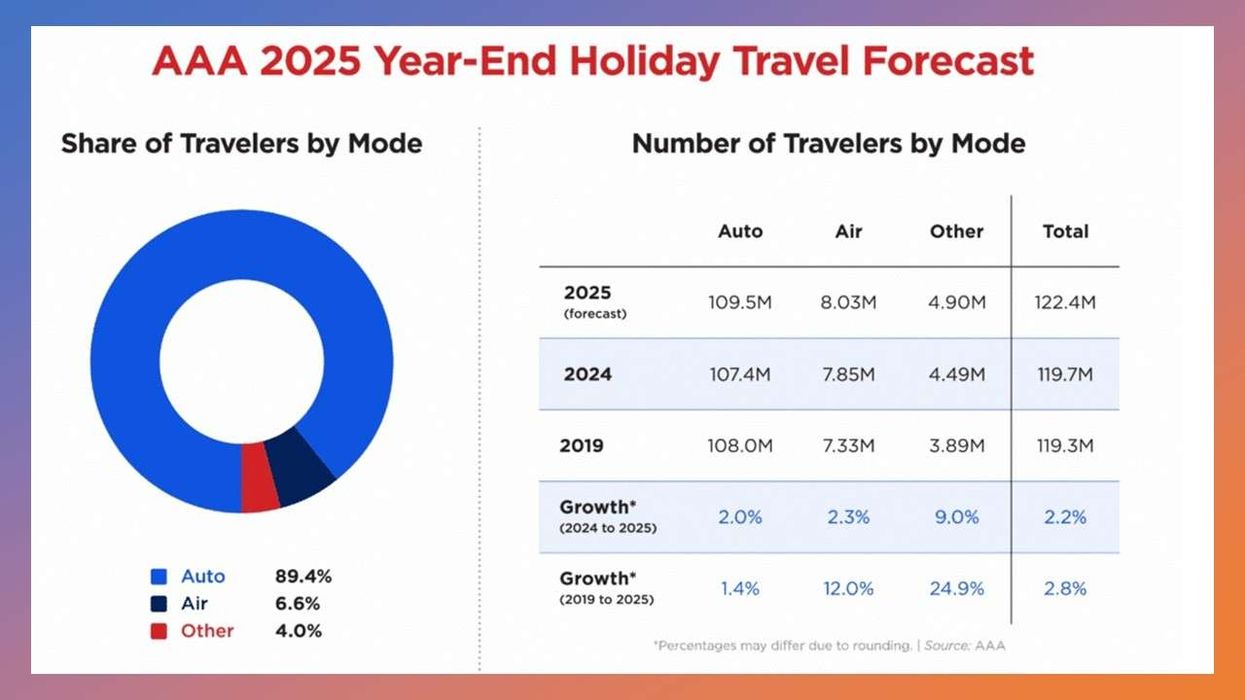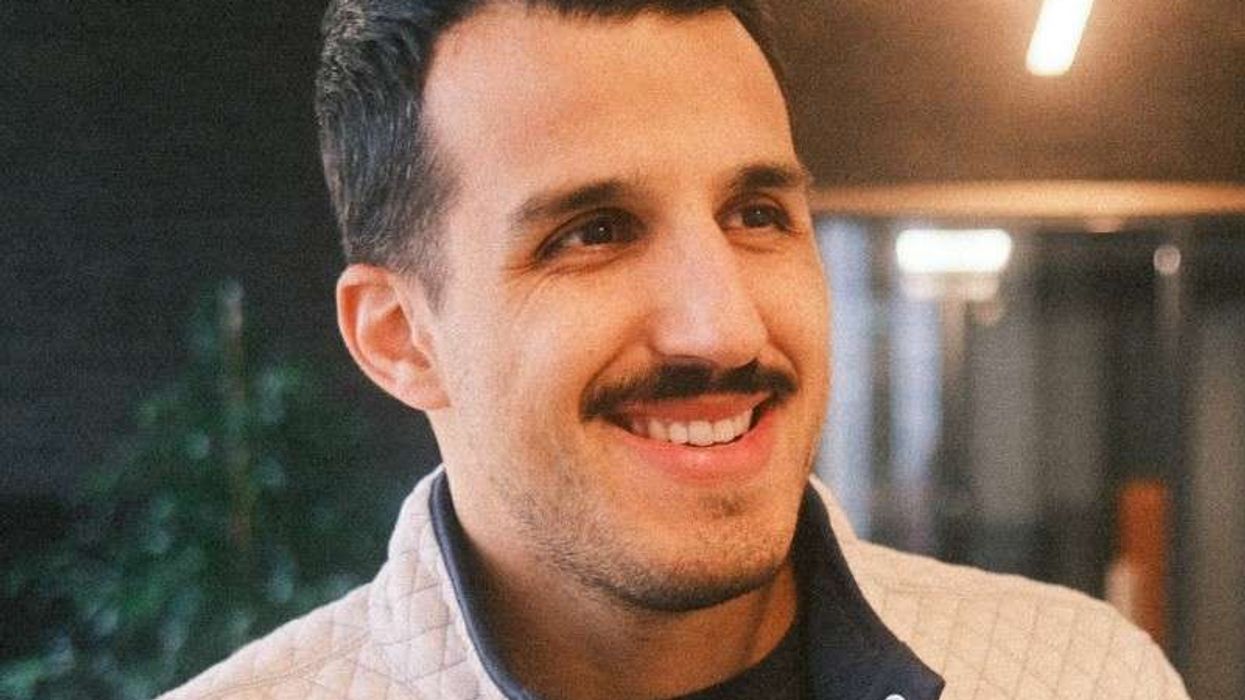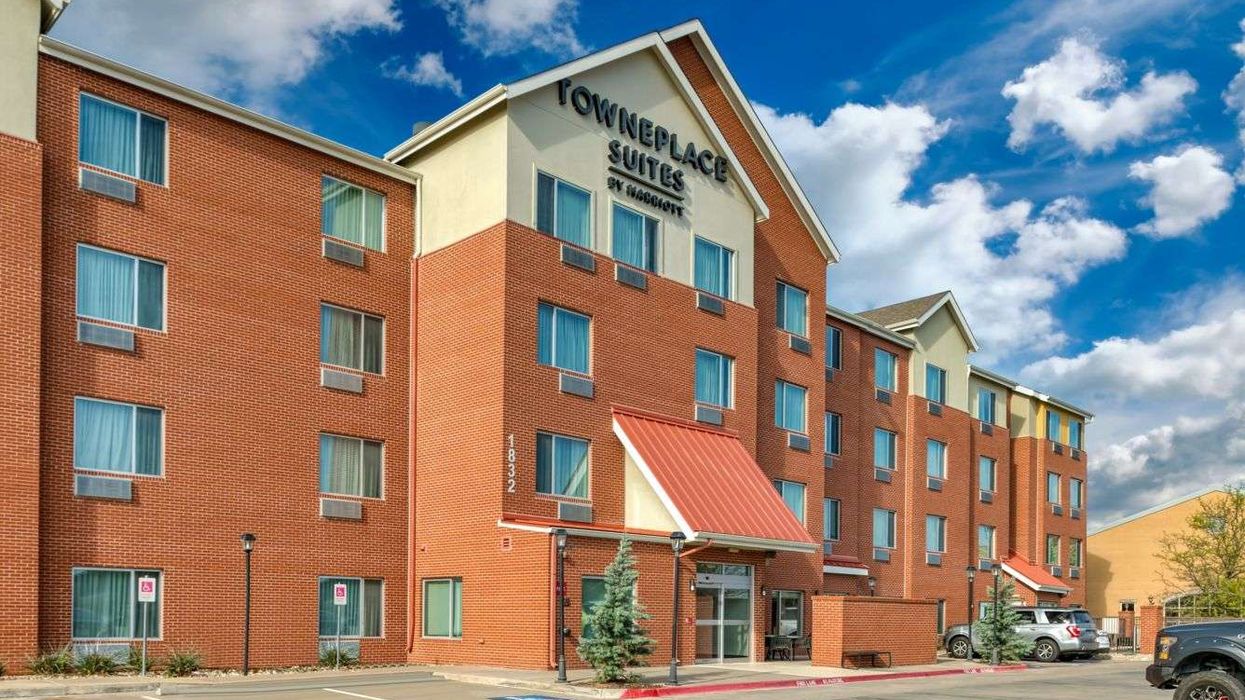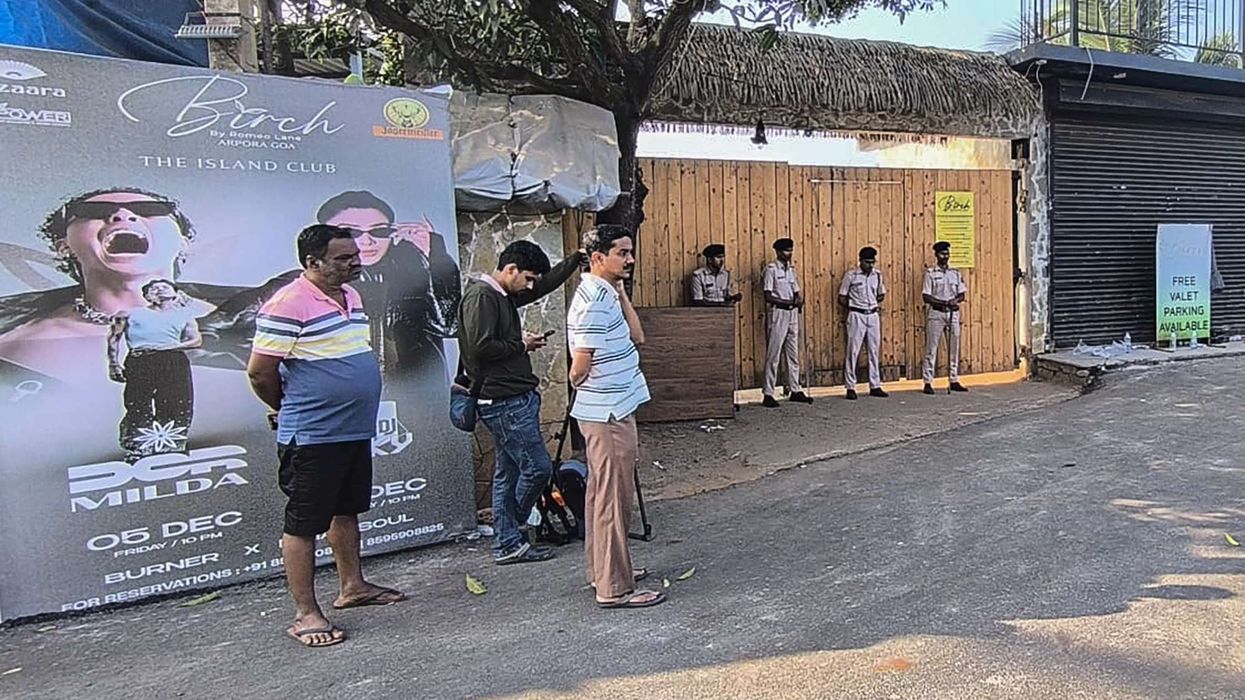SUMMARY:
- Tata Sons launched a hospitality platform for Indian Hotels Co. Ltd., enabling revenue-share operations on group-owned assets.
- The first asset on the platform is a Ginger hotel near Kolkata airport.
- IHCL is set to reach 400 hotels by the end of July and targets 700 by 2030.
TATA SONS LAUNCHED a new hospitality platform to support Indian Hotels Co. Ltd., enabling it to operate group-owned hotels on a revenue-share model while staying asset-light. The first project under this initiative is a 195-room Ginger hotel under construction near Kolkata airport.
Tata Sons will own the building and IHCL will operate the hotel. A revenue-sharing lease is planned once the hotel opens, Financial Express reported. Tata Sons is the holding company and main shareholder of the Tata Group, which includes entities such as Indian Hotels Co. Ltd., operator of the Taj, Vivanta and Ginger brands.
“Over time, this could potentially lead to the creation of an asset platform, which could become a big strategic enabler for IHCL,” IHCL managing director Puneet Chhatwal said in the Financial Express report.
The model supports IHCL’s capital-light strategy, despite ending the first quarter with $354 million in cash reserves. It plans to spend $116 to $174 million annually over the next two to three years on new properties, renovations and digital upgrades.
Meanwhile, IHCL reported a 19 percent year-on-year rise in consolidated net profit for the first quarter of this fiscal to $34.3 million, driven by growth in hotel and non-hotel segments, up from or $28.7 million a year earlier.
“It is the beginning of a journey where Tata Sons would gain from an asset platform and we gain in doing a revenue share. We will stay capital-light but benefit fully without development risk, construction risk, delays, depreciations, or future investments,” Chhatwal said.
Upcoming IHCL projects include the $290 million Taj Bandstand in Mumbai and two Taj resorts in Lakshadweep -- Suheli and Kadmat. The group has 143 hotels in the pipeline and plans to add 30 to 40 properties annually. It is on track to reach a 400-hotel portfolio by the end of July and aims for 700 hotels by 2030.
“IHCL continued its growth momentum with 12 signings, taking the portfolio to over 390 hotels and opened six new hotels in the quarter,” Chhatwal said. “Taj remains an icon in the global hospitality landscape. The hospitality sector, despite geopolitical headwinds, continues to show resilience and sustained growth.”
IHCL’s Taj Hotels was ranked India’s strongest brand across sectors for the fourth straight year by Brand Finance.
